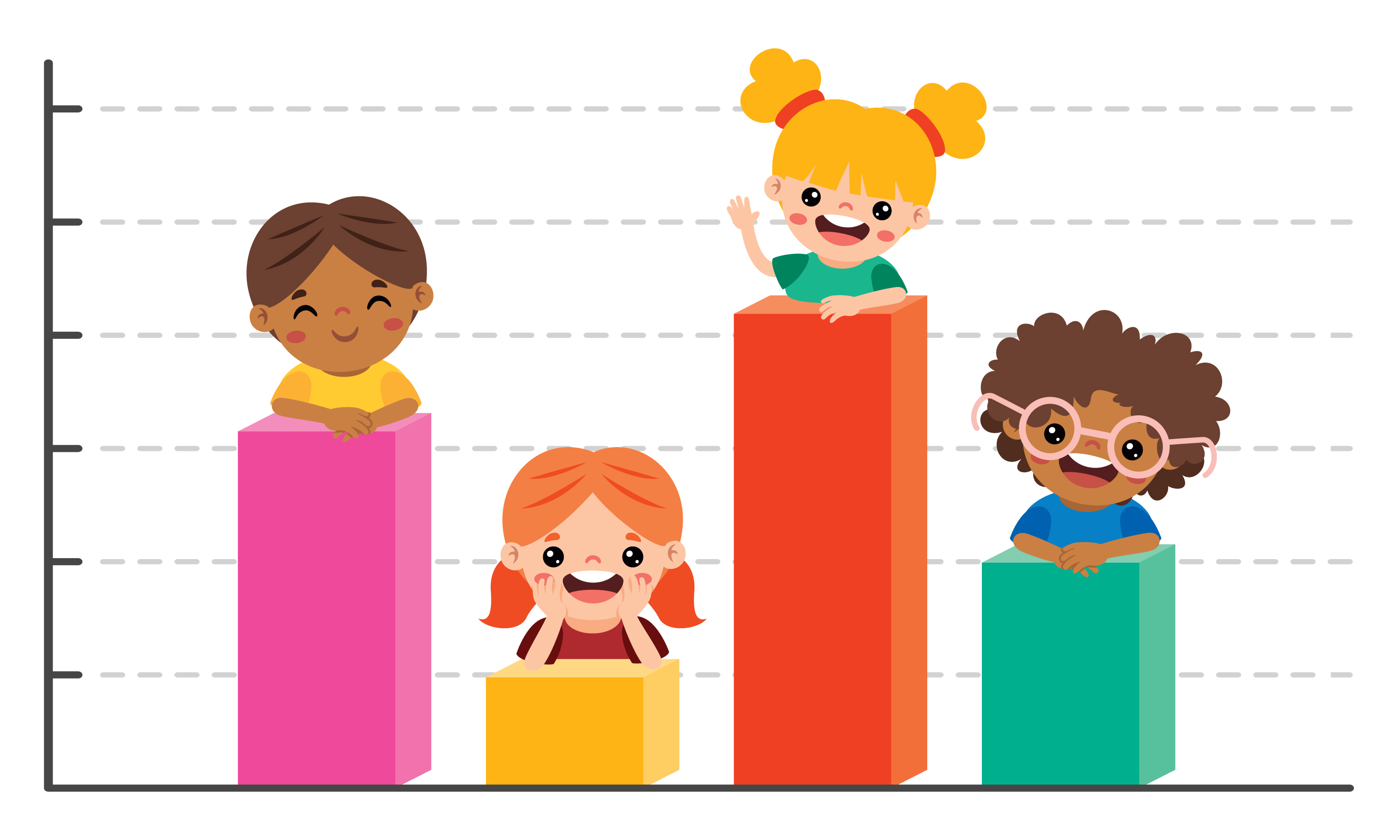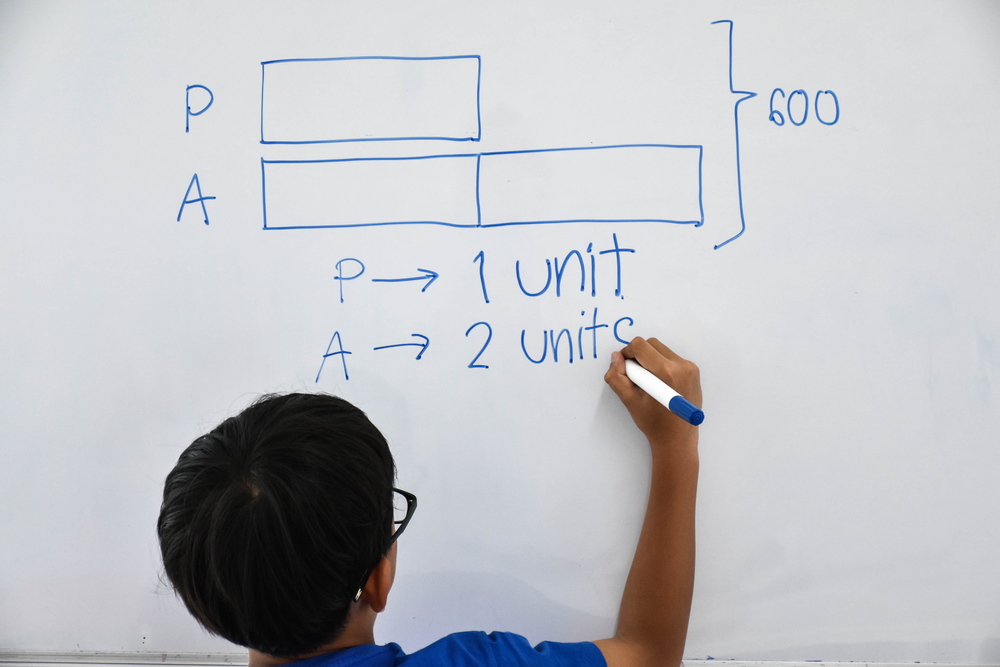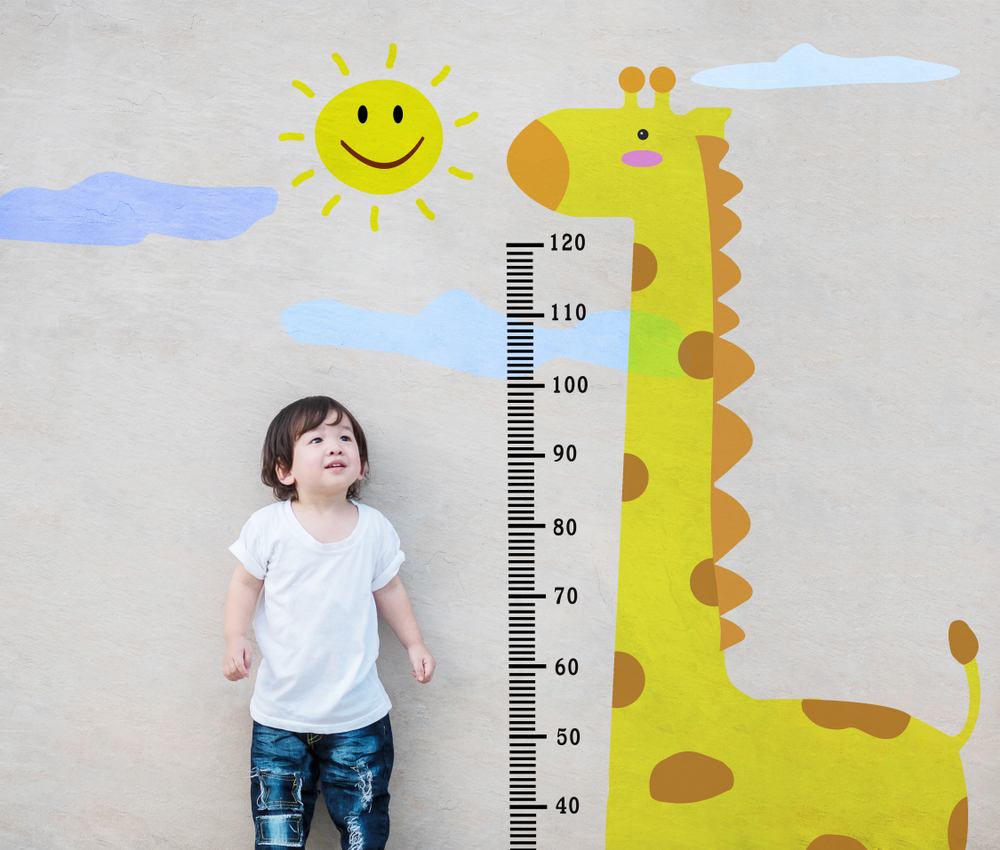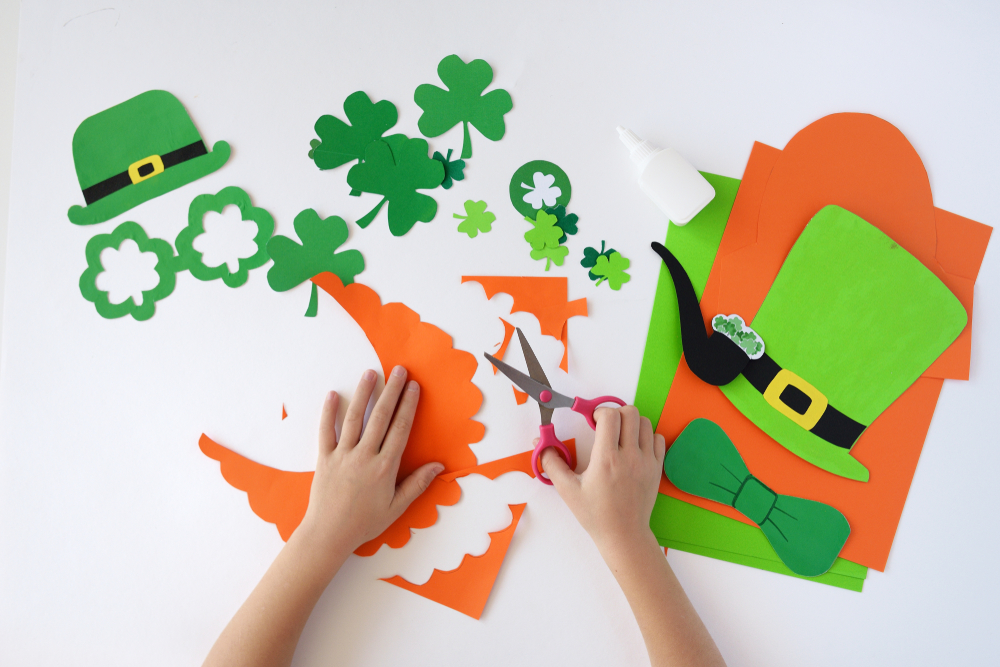Understanding bar graphs Graphs Worksheets for Ages 5-8
3 filtered results
-
From - To
Unveil the world of bar graphs to young learners with our "Understanding Bar Graphs Worksheets for Ages 5-8." Specially crafted for early graders, these printable worksheets introduce essential graphing skills through interactive and engaging activities. Children will grasp key concepts such as reading, interpreting, and creating bar graphs using age-appropriate, visually appealing scenarios. Perfect for classroom or home use, these worksheets cater to different learning styles and pace. Empower your child with indispensable analytical skills and make their math journey enjoyable by diving into our worksheets designed to simplify the complexities of bar graphs.
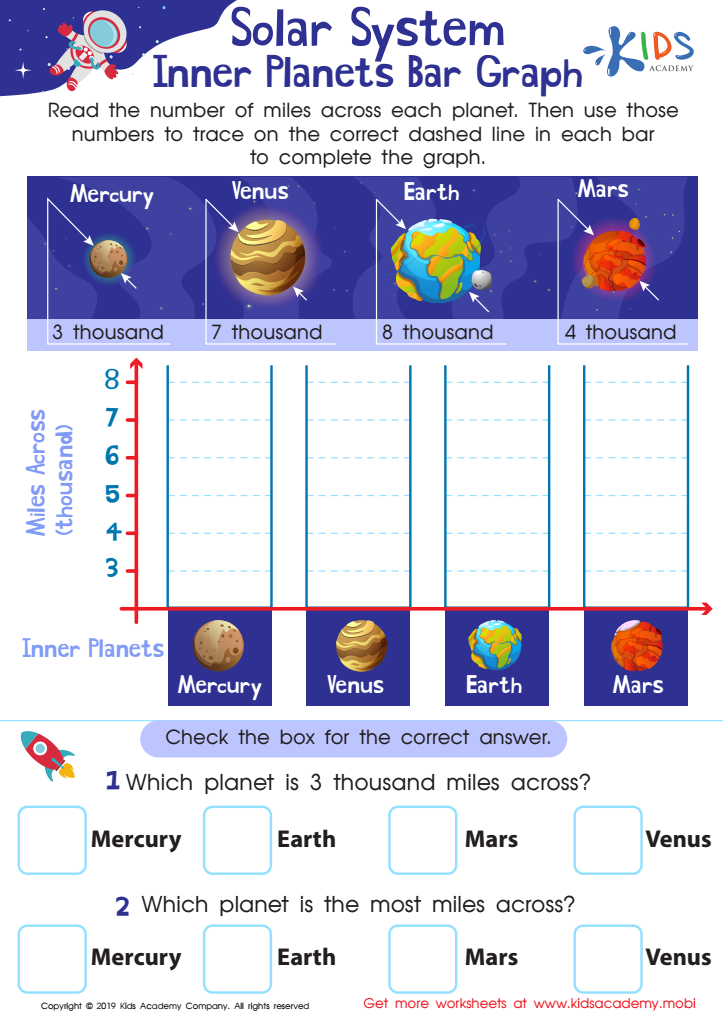

Planets Bar Graph Worksheet
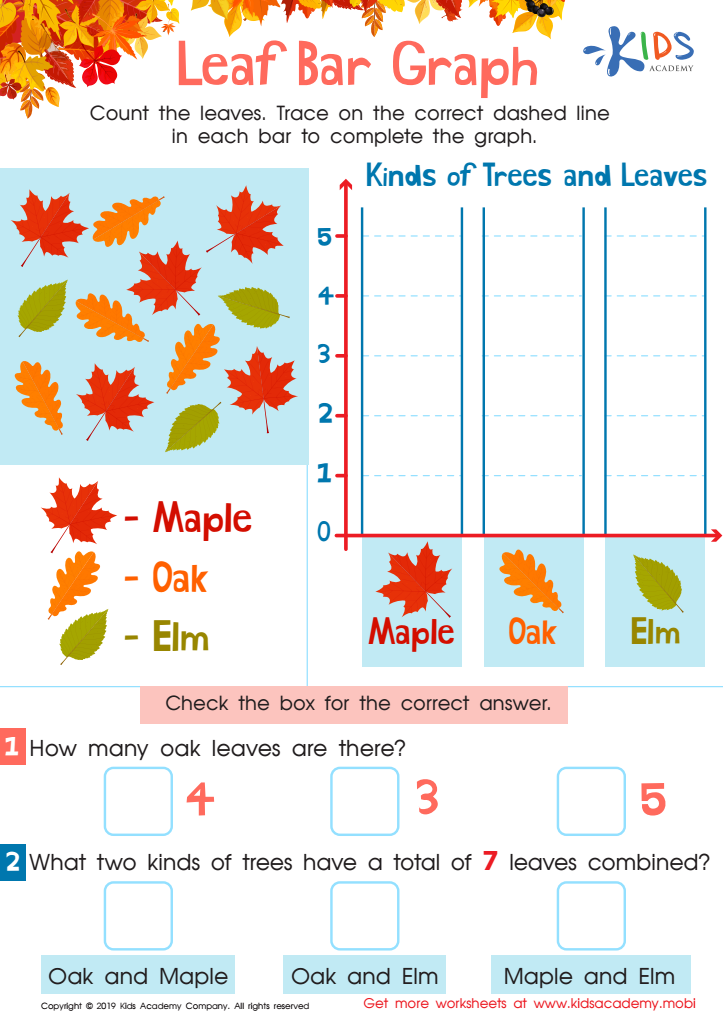

Leaf Bar Graph Worksheet
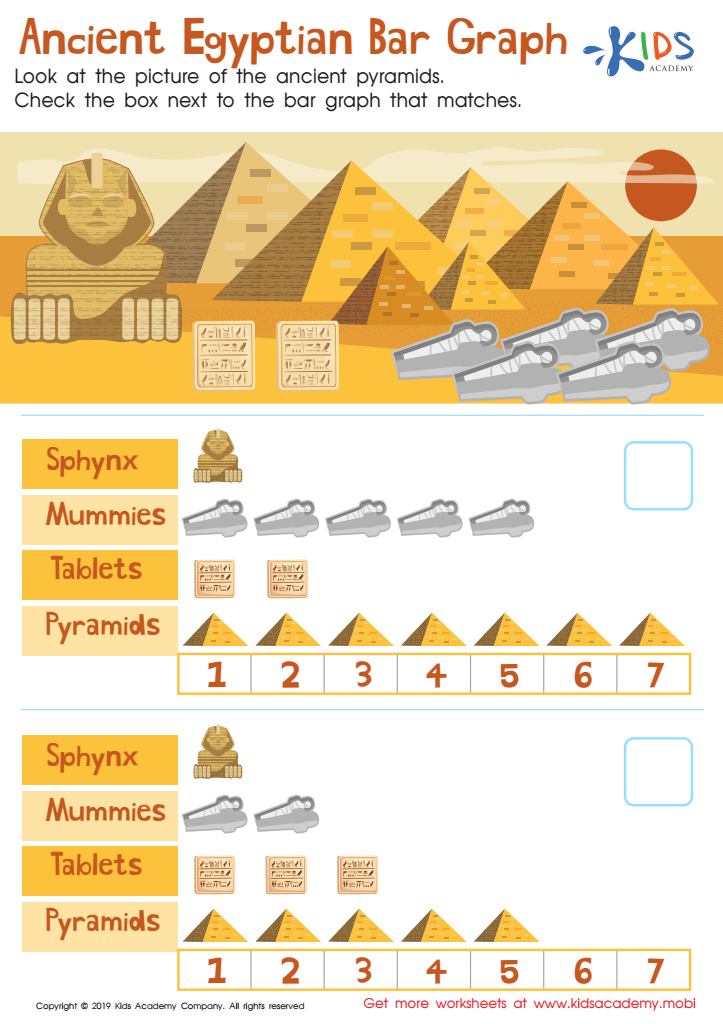

Egyptian Bar Graph Worksheet
Understanding bar graphs at an early age is pivotal for young learners, ages 5-8, for several key reasons. First, bar graphs provide a visual representation of data, making abstract concepts more concrete and accessible. This helps young children grasp foundational math concepts such as counting, addition, and comparison, which are crucial for their overall academic development.
Bar graphs also cultivate critical thinking and analytical skills. When children learn to interpret and create these graphs, they enhance their ability to organize information, identify patterns, and draw conclusions. These skills are not just important in math but are transferable across other subjects, fostering a holistic approach to problem-solving and reasoning.
Moreover, early exposure to bar graphs aligns with several educational standards and prepares students for more complex mathematical concepts they will encounter in later grades. It empowers them by boosting their confidence and skills in both math and science subjects, laying a strong foundation for future learning.
Lastly, understanding bar graphs promotes technological literacy, as many digital tools and platforms utilize visual data representation. Equip children early with these skills, and they’ll be better prepared for the increasingly data-driven world. Overall, teaching bar graphs underscores the importance of cultivating numeracy skills and broader cognitive aptitudes in young learners.
 Assign to My Students
Assign to My Students




